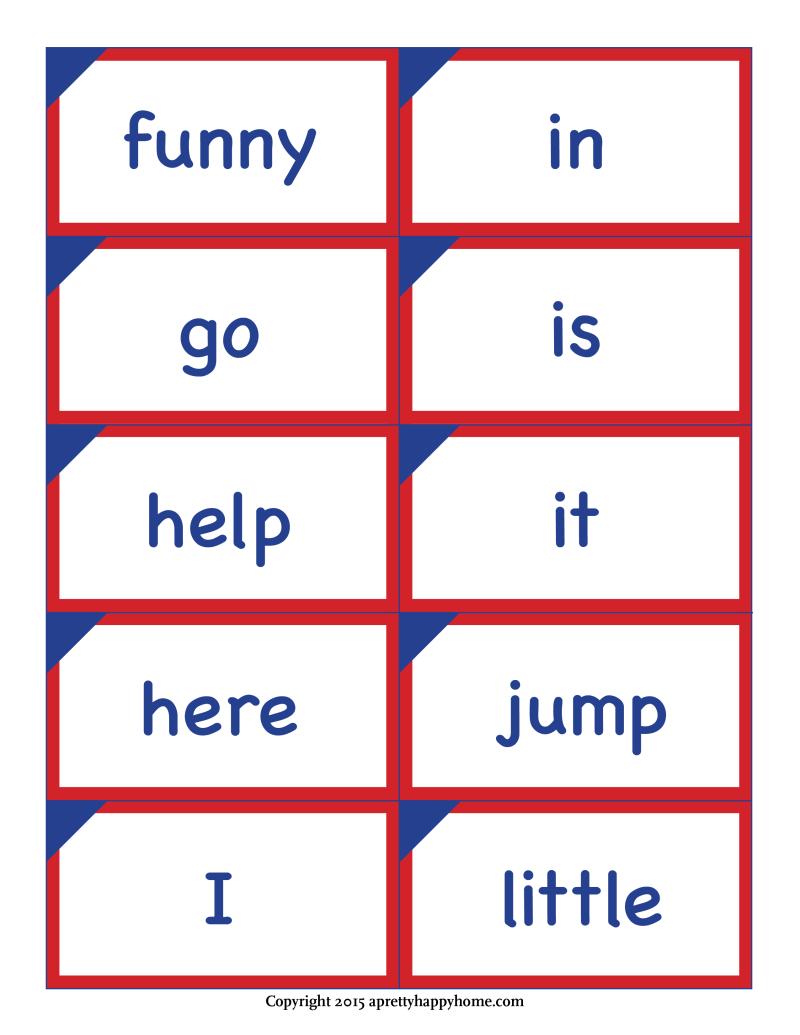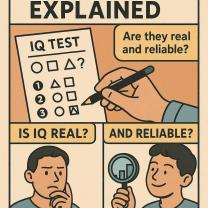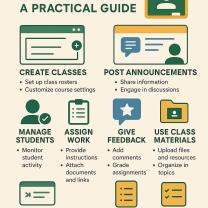How many sight words are in kindergarten?
The number of sight words taught in kindergarten can vary based on the curriculum and educational standards in different regions. However, a common guideline is that kindergarten students typically learn between 25 to 100 sight words throughout the school year.
Sight words are high-frequency words that often do not follow regular spelling patterns and are difficult to decode phonetically. They are important for early readers to recognize quickly and read fluently. Some kindergarten sight words may include common words like "the," "and," "is," "it," "in," "to," "you," and other frequently used words.
It's important to note that the specific sight words taught can vary between schools and regions. Teachers often use a combination of Dolch Sight Words and Fry Sight Words, which are lists of high-frequency words commonly used in early reading materials.
If you're interested in the sight words your child is learning, it's a good idea to check with their teacher or refer to the specific curriculum being used in their kindergarten program.
Early literacy milestones: How many sight words are in kindergarten?
The number of sight words that kindergarten students are expected to know varies from teacher to teacher and from school to school. However, a good range is to aim for 25-50 sight words by the end of kindergarten.
Sight words are high-frequency words that students should be able to recognize and read instantly, without having to sound them out. This is important because it allows students to focus on understanding the meaning of the text, rather than on decoding individual words.
Some common sight words for kindergarteners include:
- a
- and
- are
- away
- big
- blue
- can
- come
- down
- find
- for
- funny
- go
- help
- here
- I
- in
- is
- it
- jump
- like
- little
- look
- make
- me
- my
- not
- one
- play
- red
- run
- said
- see
- the
- three
- to
- two
- up
- us
- we
- what
- when
- where
- who
- will
- with
- yes
- you
Estimating the typical number of sight words introduced in kindergarten curriculum
Kindergarten teachers typically introduce sight words gradually throughout the school year. In the beginning of the year, they may focus on just a few sight words at a time. As the year progresses, they will introduce more and more sight words.
By the end of kindergarten, most students should be able to recognize and read at least 25 sight words instantly. However, some students may be able to read more than 50 sight words by the end of kindergarten.
It is important to note that there is no one-size-fits-all approach to sight word instruction. The best approach for each student will vary depending on their individual needs and learning style.
Tips for ensuring a balanced approach to sight word instruction in kindergarten
Here are some tips for ensuring a balanced approach to sight word instruction in kindergarten:
- Introduce sight words gradually. Don't try to introduce too many sight words at once. Instead, focus on introducing a few new sight words each week.
- Use a variety of teaching methods. There are many different ways to teach sight words. Some common methods include games, songs, and activities. Use a variety of methods to keep students engaged and motivated.
- Provide opportunities for practice. Students need to practice reading and writing sight words in order to learn them. Provide opportunities for students to practice sight words throughout the day.
- Make it fun. Sight word instruction should be fun and engaging for students. Use games, songs, and other activities to make learning sight words enjoyable.
Here are some additional tips:
- Connect sight words to meaning. Help students to understand the meaning of the sight words that they are learning. This will help them to remember the words more easily.
- Provide visual support. Use pictures and other visual aids to help students learn sight words.
- Differentiate instruction. Provide different levels of support for students who need it. For example, you can provide students with word cards or other visual aids to help them read sight words.
- Collaborate with parents. Encourage parents to help their children practice sight words at home.
By following these tips, you can help kindergarten students learn sight words effectively and efficiently.













